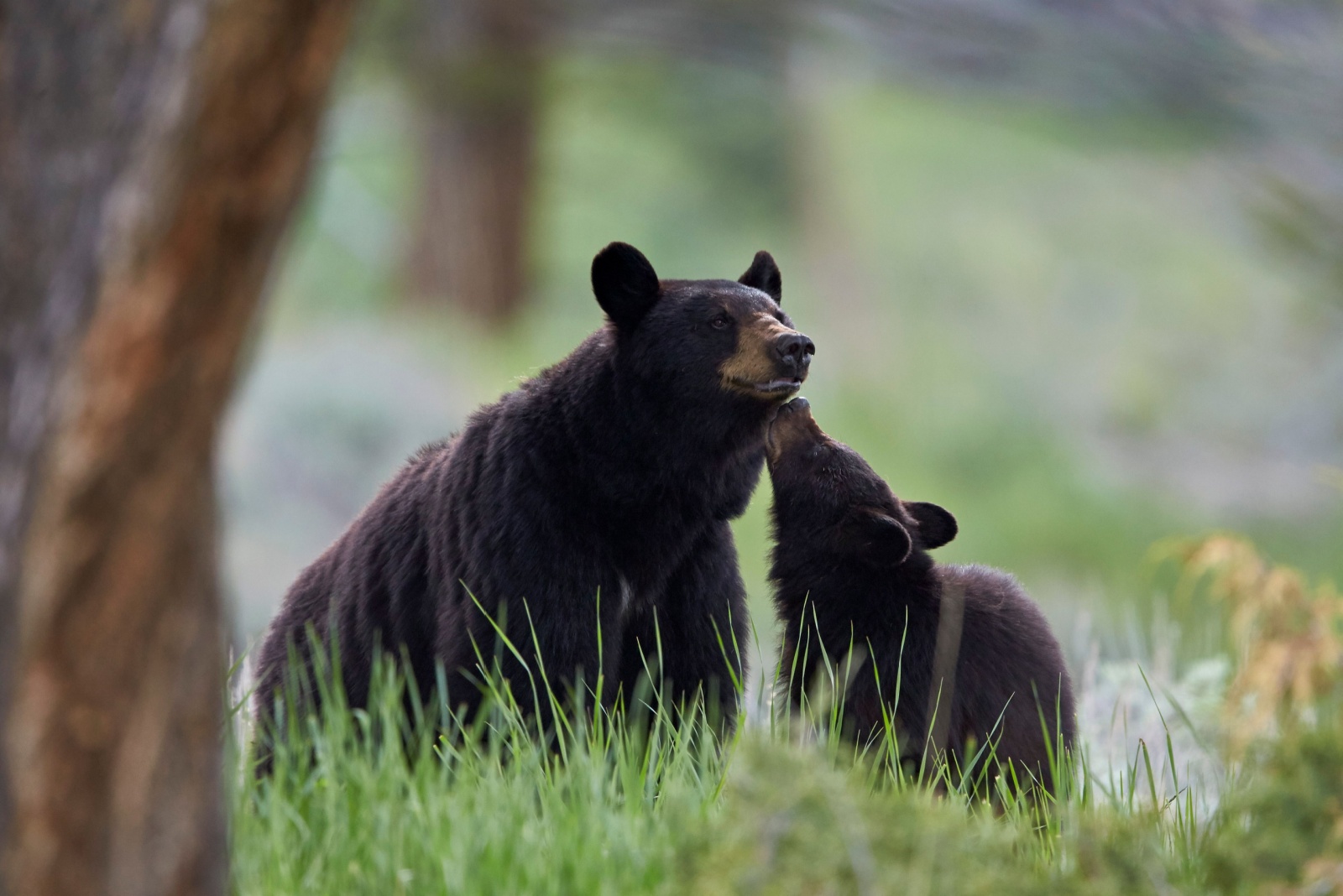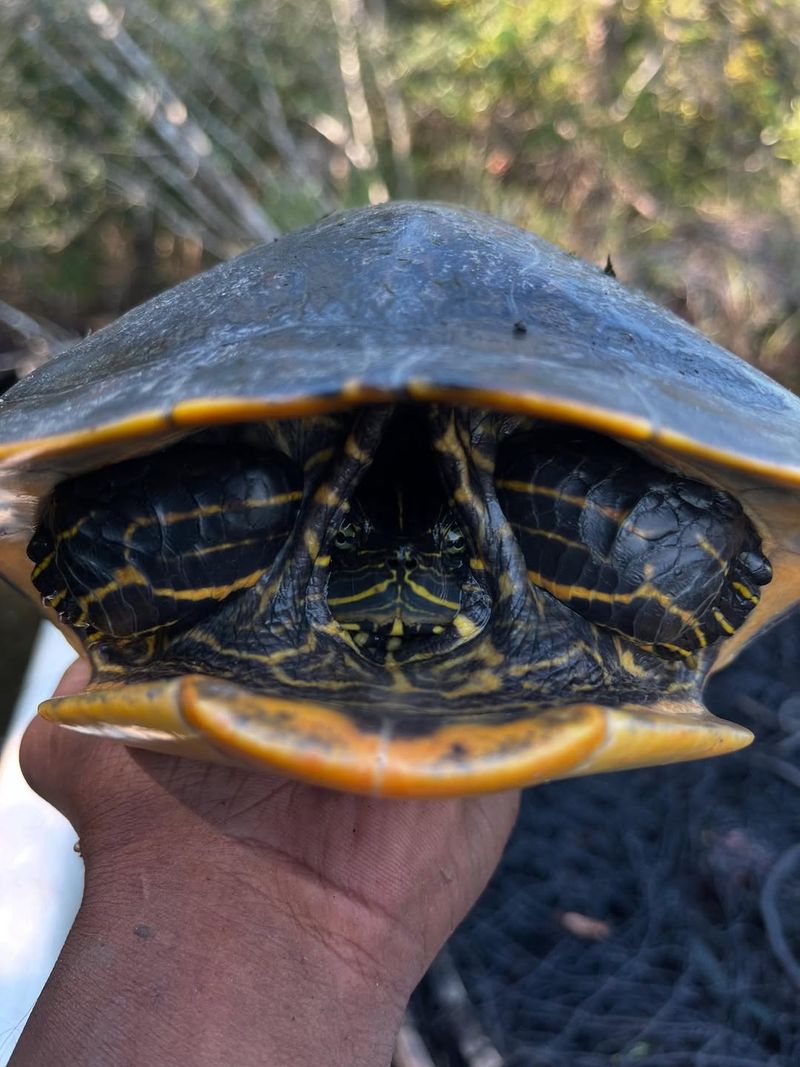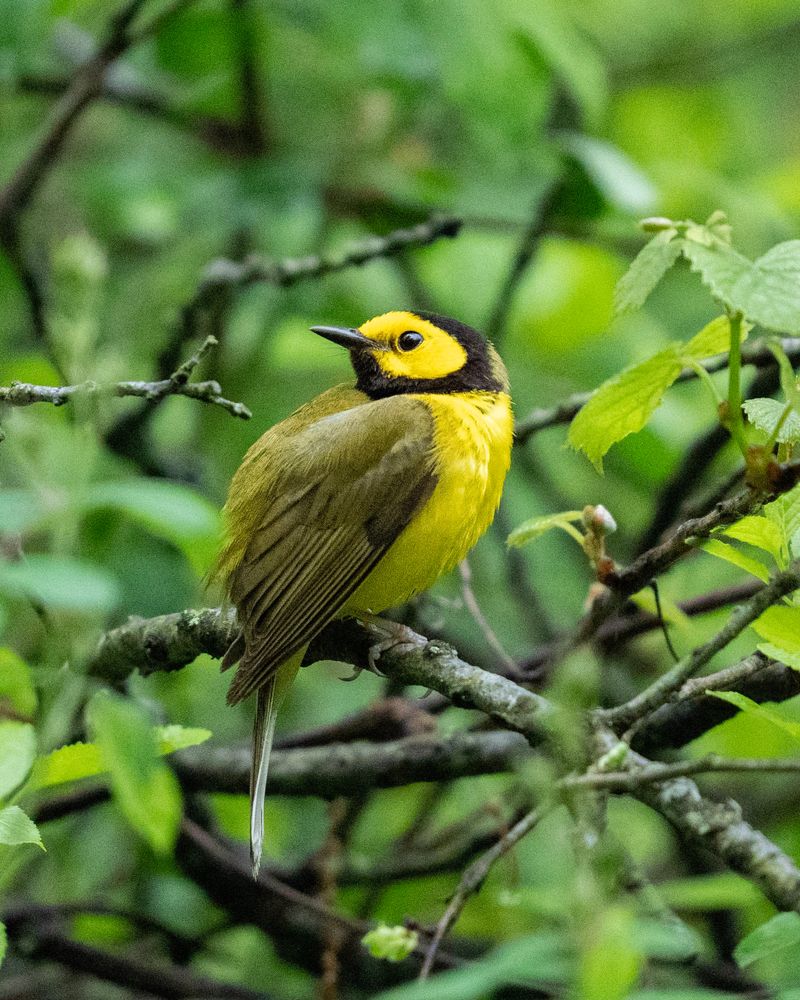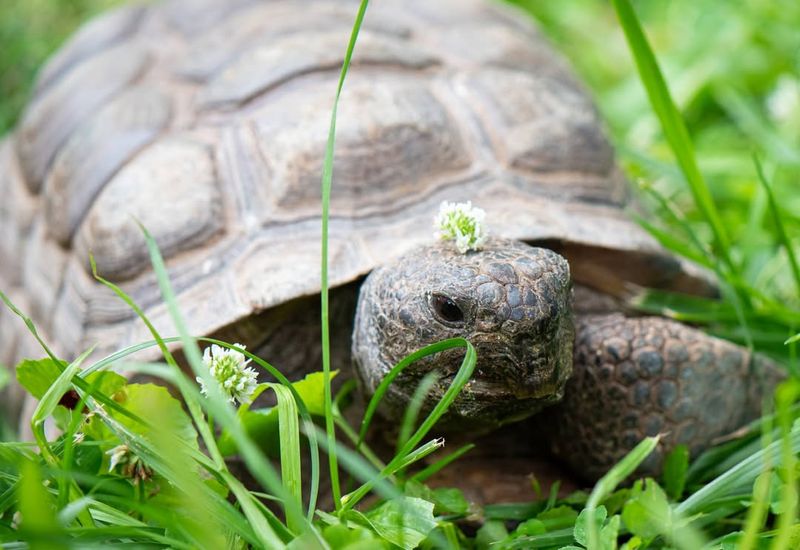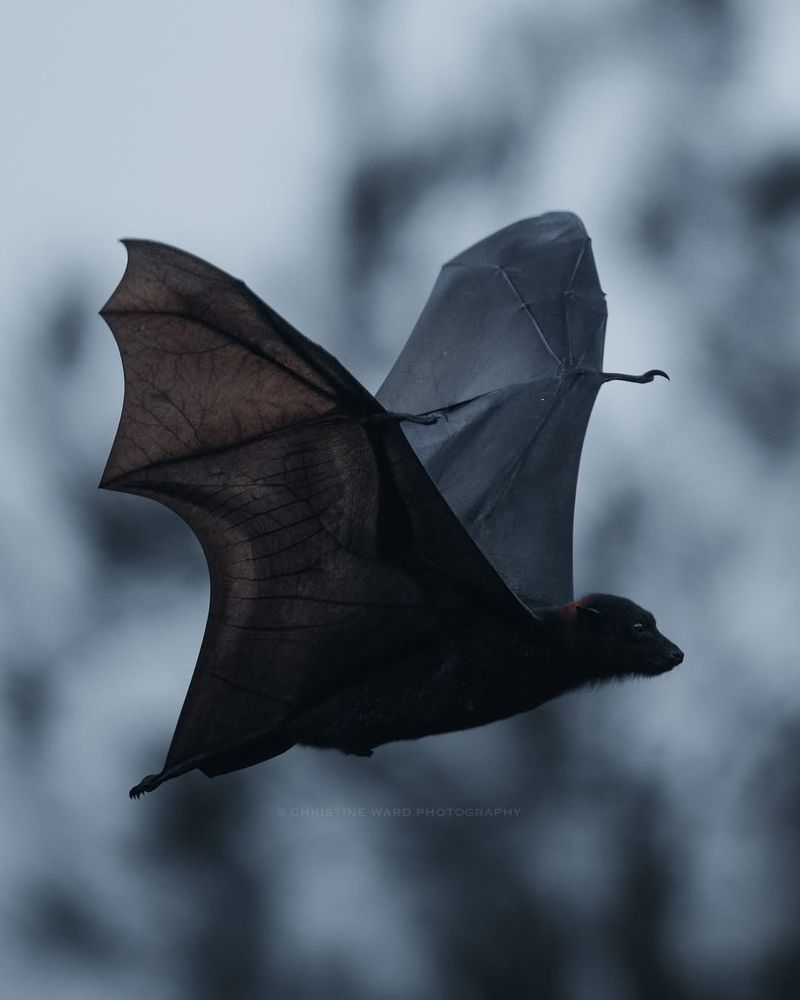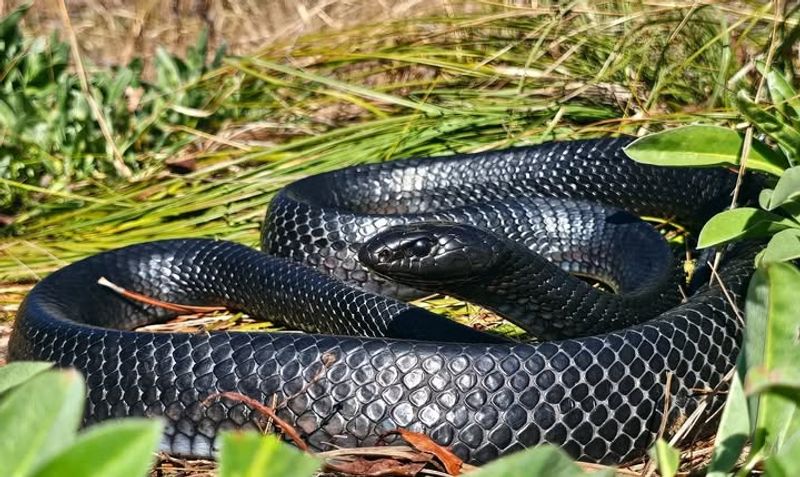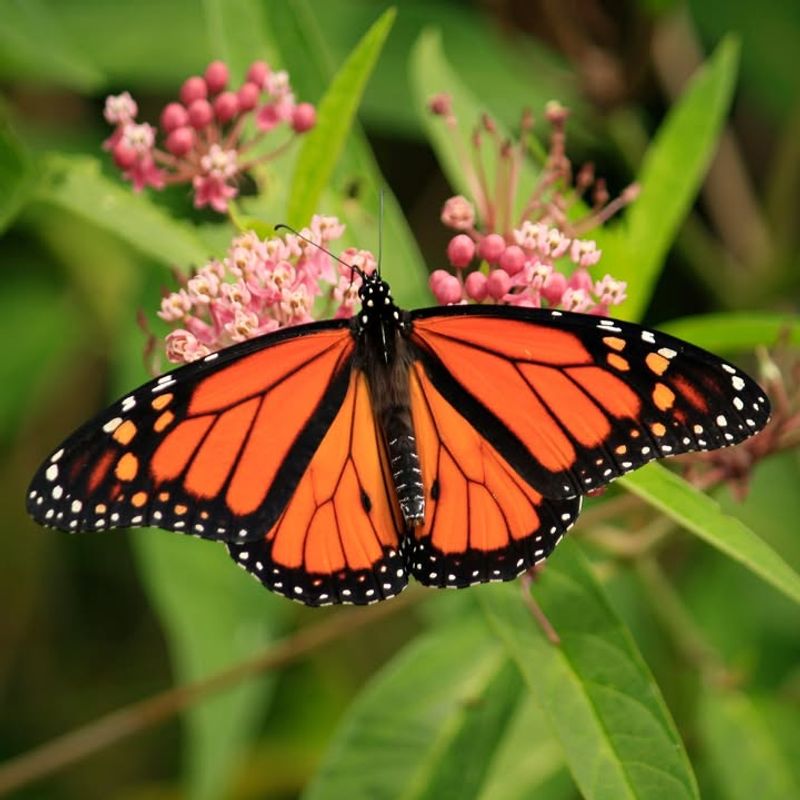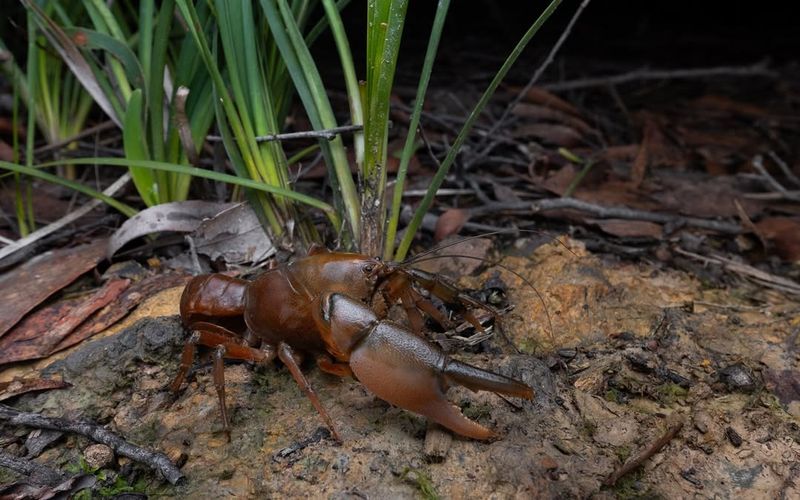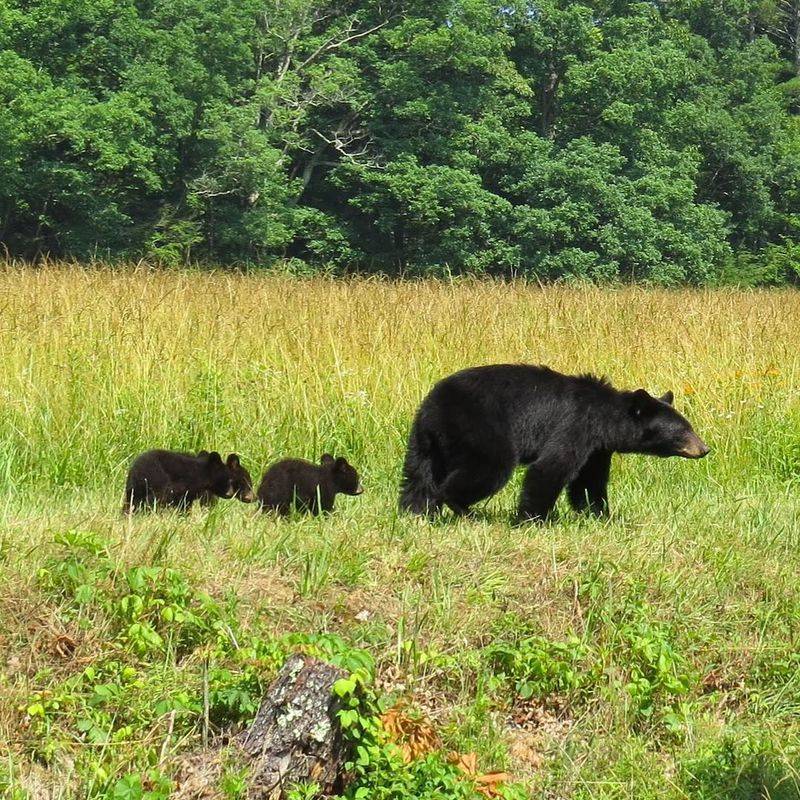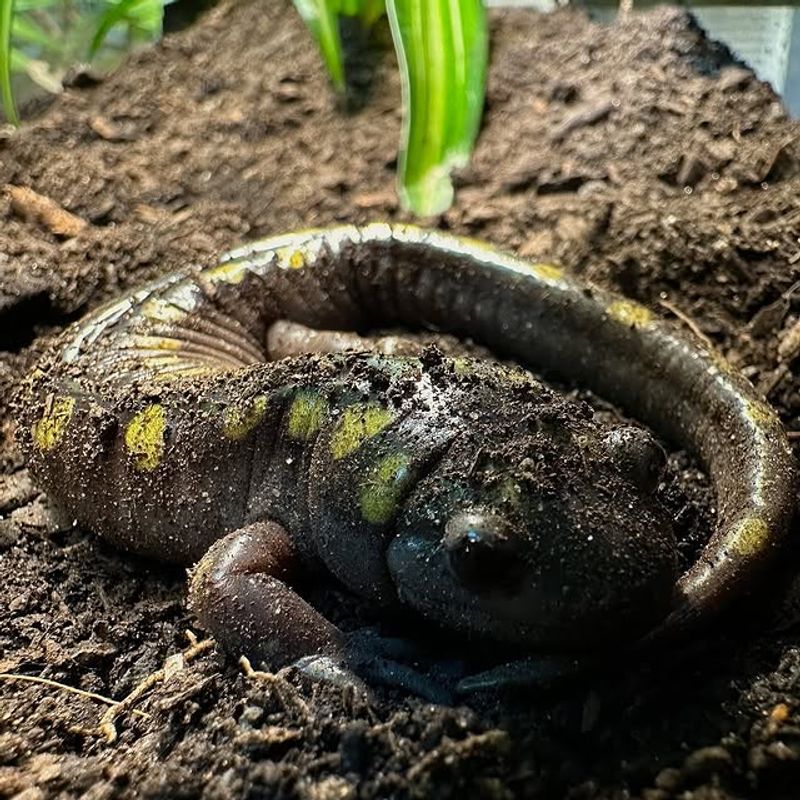Gardening in Alabama comes with its own set of rules, especially when it comes to the critters that call your backyard home. Many gardeners don’t realize that disturbing certain animals could actually land them in legal trouble.
State and federal laws protect several species that you might encounter while tending to your tomatoes or pruning your azaleas. Understanding which creatures to leave undisturbed isn’t just good for nature—it’s required by law.
1. Alabama Red-Bellied Turtles: Endangered Shell-Dwellers
Found primarily in the Mobile Bay drainage basin, these distinctive turtles with bright red undersides are federally protected under the Endangered Species Act. Many homeowners mistake them for common box turtles when they wander into gardens seeking shelter.
If you spot one in your yard, admire from a distance but never relocate it. Removing even one turtle from its habitat can damage already fragile populations. Penalties for disturbing these creatures can reach thousands of dollars and even include jail time in severe cases.
2. Migratory Songbirds That Make Your Garden Musical
Those melodious birds visiting your feeders aren’t just pretty visitors—they’re legally protected. The Migratory Bird Treaty Act shields nearly all native birds in Alabama, making it illegal to disturb nests, eggs, or the birds themselves.
Gardeners often unknowingly violate this law when pruning trees containing active nests. Before cutting back that overgrown shrub, check carefully for bird homes. Spring and early summer are especially critical times when birds are raising their young. Keep cats indoors during nesting season to avoid additional legal issues.
3. Gopher Tortoises: Underground Architects With Legal Protection
These slow-moving reptiles create extensive burrow systems that serve as homes for over 350 other species. In Alabama, they’re protected as a threatened species, making it illegal to harm, harass, or capture them.
Gopher tortoises prefer sandy, well-drained soil—often the same conditions gardeners create for vegetable beds. If you discover their distinctive burrows in your yard, you’re legally required to leave them undisturbed.
Creating a buffer zone around their habitat while still enjoying your garden elsewhere is the best compromise.
4. Bats: Nature’s Nocturnal Pest Controllers
Many Alabama gardeners don’t realize that all 16 bat species in the state have legal protection. These flying mammals consume thousands of mosquitoes and garden pests nightly, providing free pest control services.
If bats roost in your garden structures or trees, removing them without proper permits violates state wildlife regulations. Instead of disturbing them, consider installing a proper bat house nearby.
This gives them alternative roosting options while keeping them in your garden where they’ll continue eating problematic insects.
5. Eastern Indigo Snakes Deserve Your Distance
Once common throughout Alabama, these glossy blue-black snakes are now federally protected as threatened species. Reaching up to 8 feet long, they’re non-venomous and beneficial predators that help control rodent populations.
Many gardeners instinctively reach for a shovel when spotting any snake. However, killing an indigo snake can result in significant fines and legal consequences.
Their distinctive coloration and size make them relatively easy to identify compared to other snakes. Creating brush piles away from your main garden area gives them habitat without interfering with your plants.
6. Monarch Butterflies: Royal Visitors With New Protections
Recently added to endangered species lists, monarchs require special consideration from Alabama gardeners. Their dramatic population decline has prompted stricter regulations about disturbing these orange and black beauties or their caterpillars.
Milkweed plants are the only food source for monarch caterpillars, making them essential in gardens. Many well-meaning gardeners mistakenly remove what they think are pests, not realizing they’re destroying protected monarch larvae.
Leave milkweed plants undisturbed, even when caterpillars are munching away at the leaves—it’s part of the natural cycle.
7. Burrowing Crayfish: Unusual Lawn Dwellers With Legal Status
Those mysterious mud chimneys appearing in damp areas of your yard likely belong to protected burrowing crayfish. Several Alabama species have endangered or threatened status due to habitat loss, making it illegal to destroy their homes.
Gardeners often mistake these structures for pest damage and attempt to eliminate them. However, these crustaceans play important roles in soil aeration and water filtration.
Consider redesigning wet garden areas around existing crayfish colonies rather than disrupting them, which could result in significant fines.
8. Black Bear Encounters Require Careful Handling
Alabama’s recovering black bear population is legally protected, with severe penalties for harming these animals. As their numbers grow, garden encounters become more common, especially in areas near forests or wildlife corridors.
Bears attracted to compost piles, fruit trees, or bee hives must be managed according to state regulations. Never approach or attempt to chase away a bear yourself.
Instead, contact Alabama’s Department of Conservation and Natural Resources for assistance. Removing potential food sources is your best legal option for preventing future visits.
9. Spotted Salamanders: Garden Soil’s Secret Residents
These striking amphibians with yellow spots spend most of their lives underground in Alabama gardens, protected by state wildlife regulations. They emerge primarily during rainy spring nights for breeding, otherwise remaining hidden in soil or under logs.
Gardeners frequently encounter them when digging beds or moving mulch. If you find one, legal requirements state you must return it to its habitat immediately.
Their presence indicates healthy soil ecosystems, benefiting your plants naturally. Creating small areas with rotting logs and leaf litter provides essential habitat while keeping your garden’s main areas maintained.

